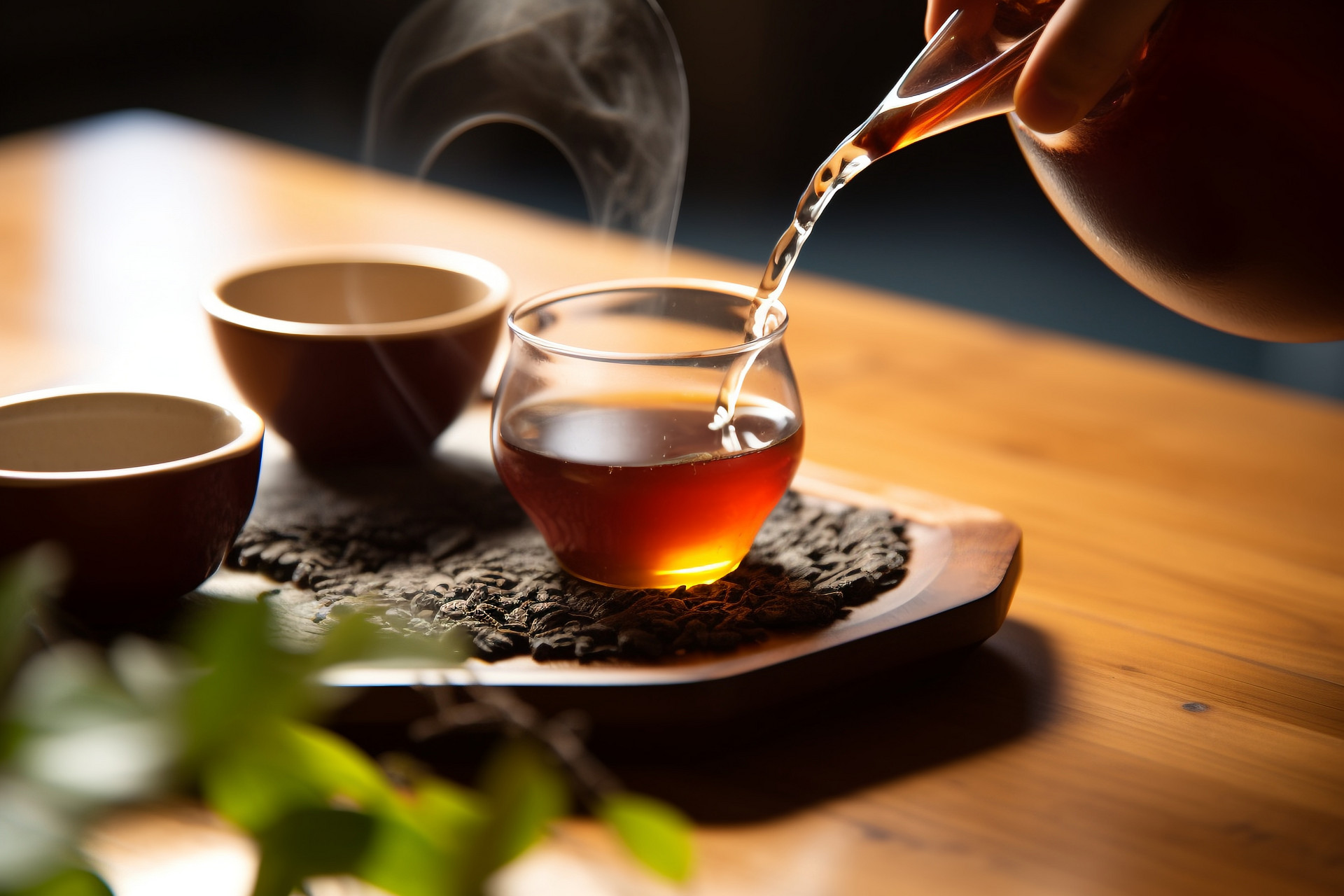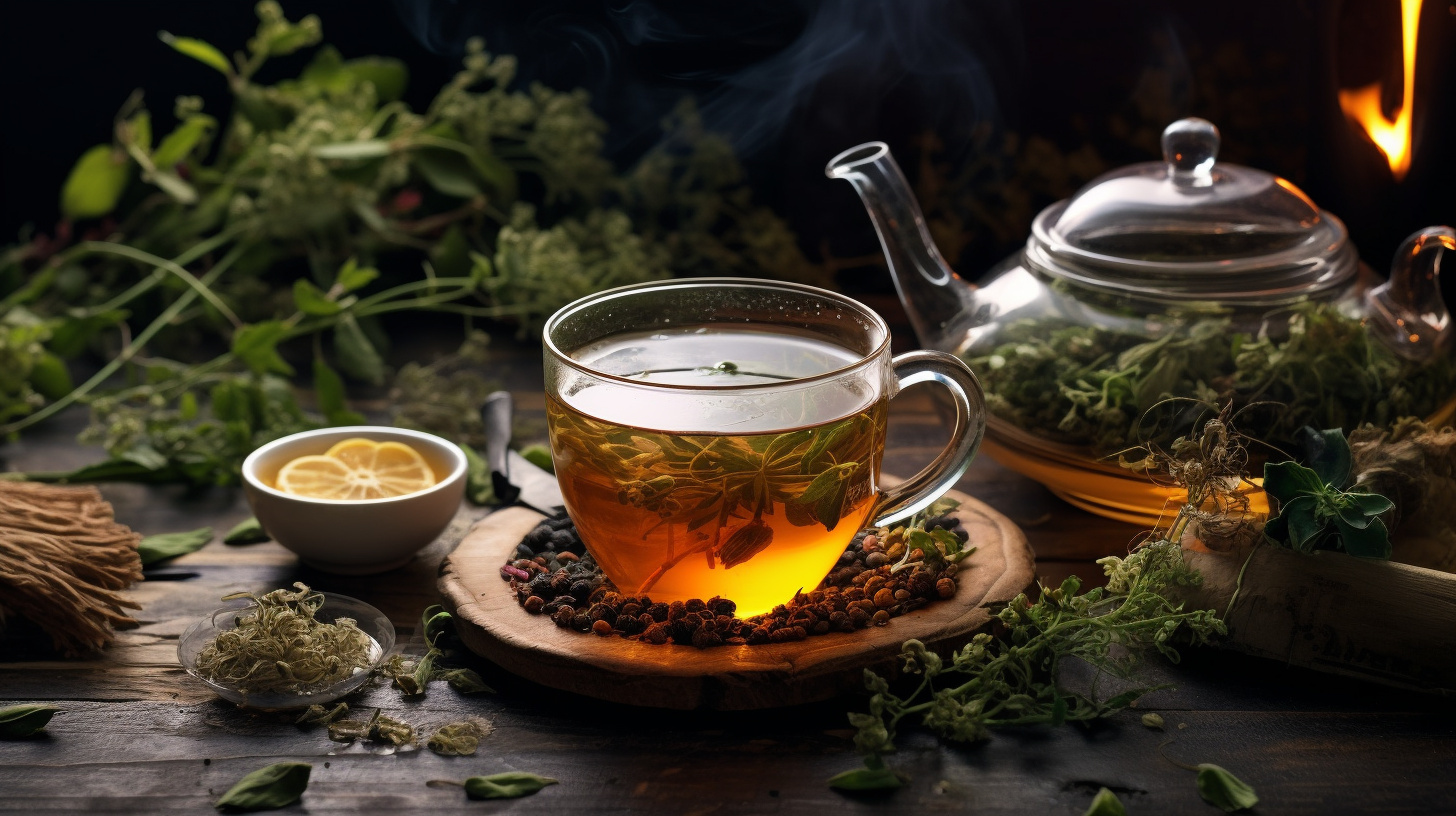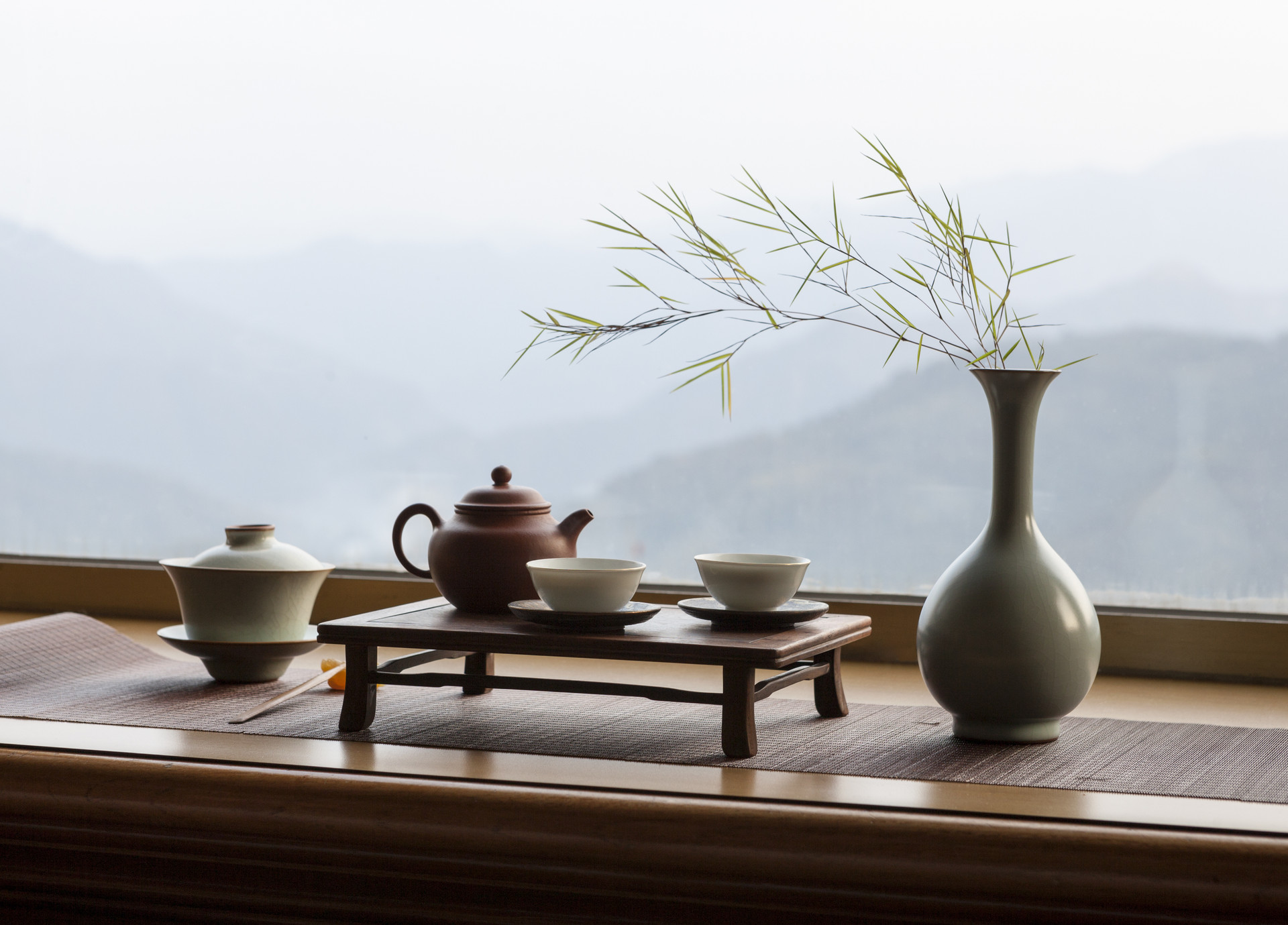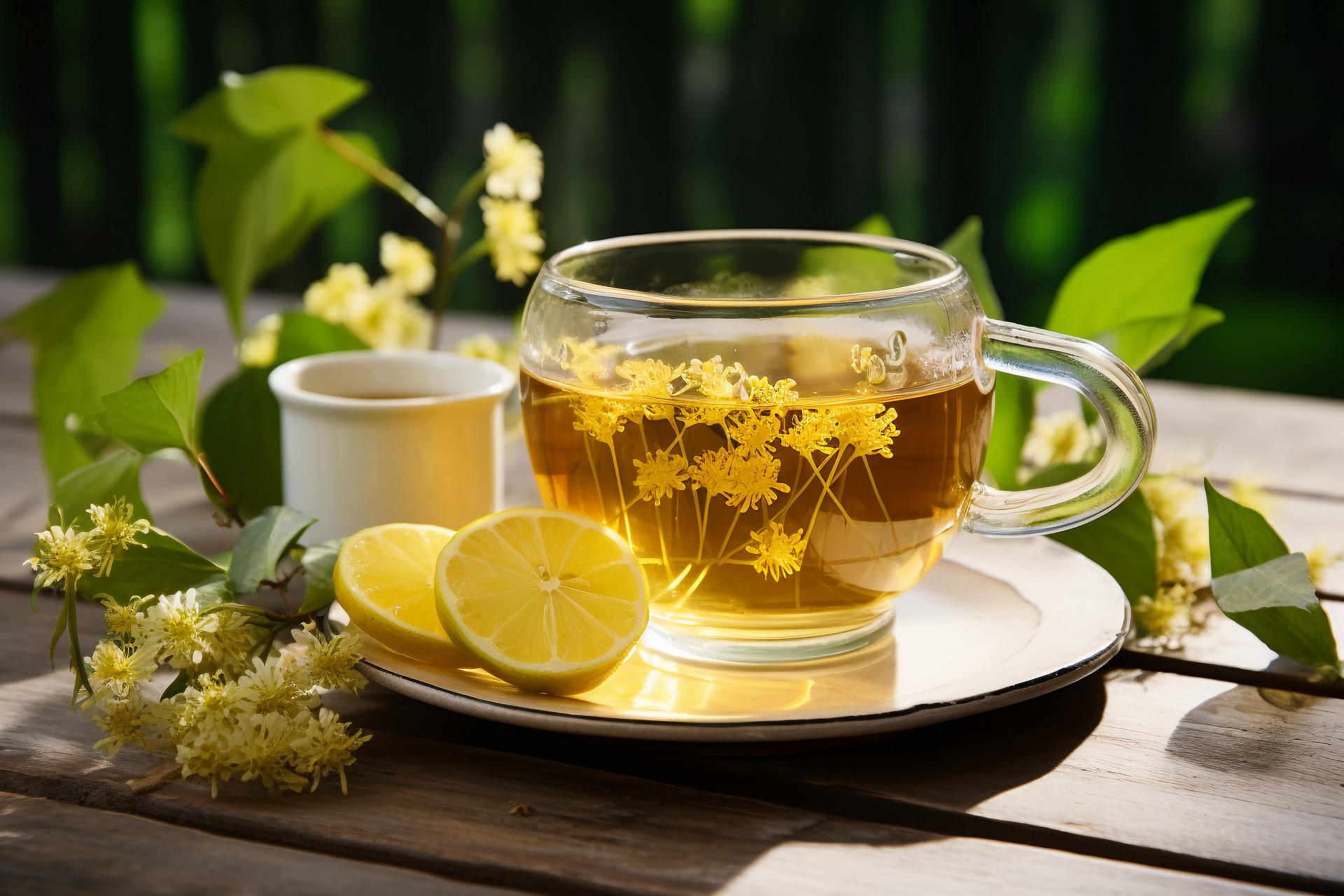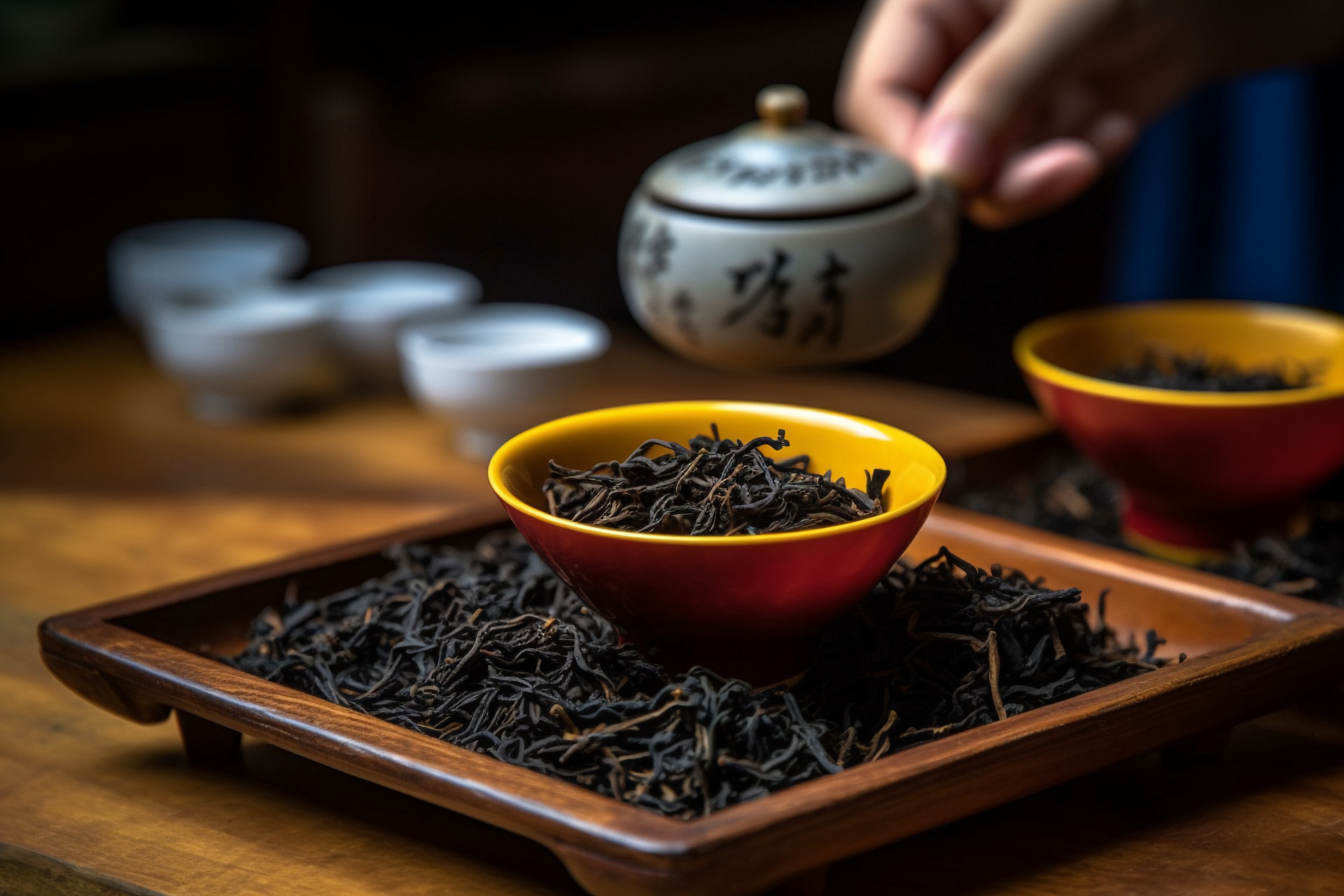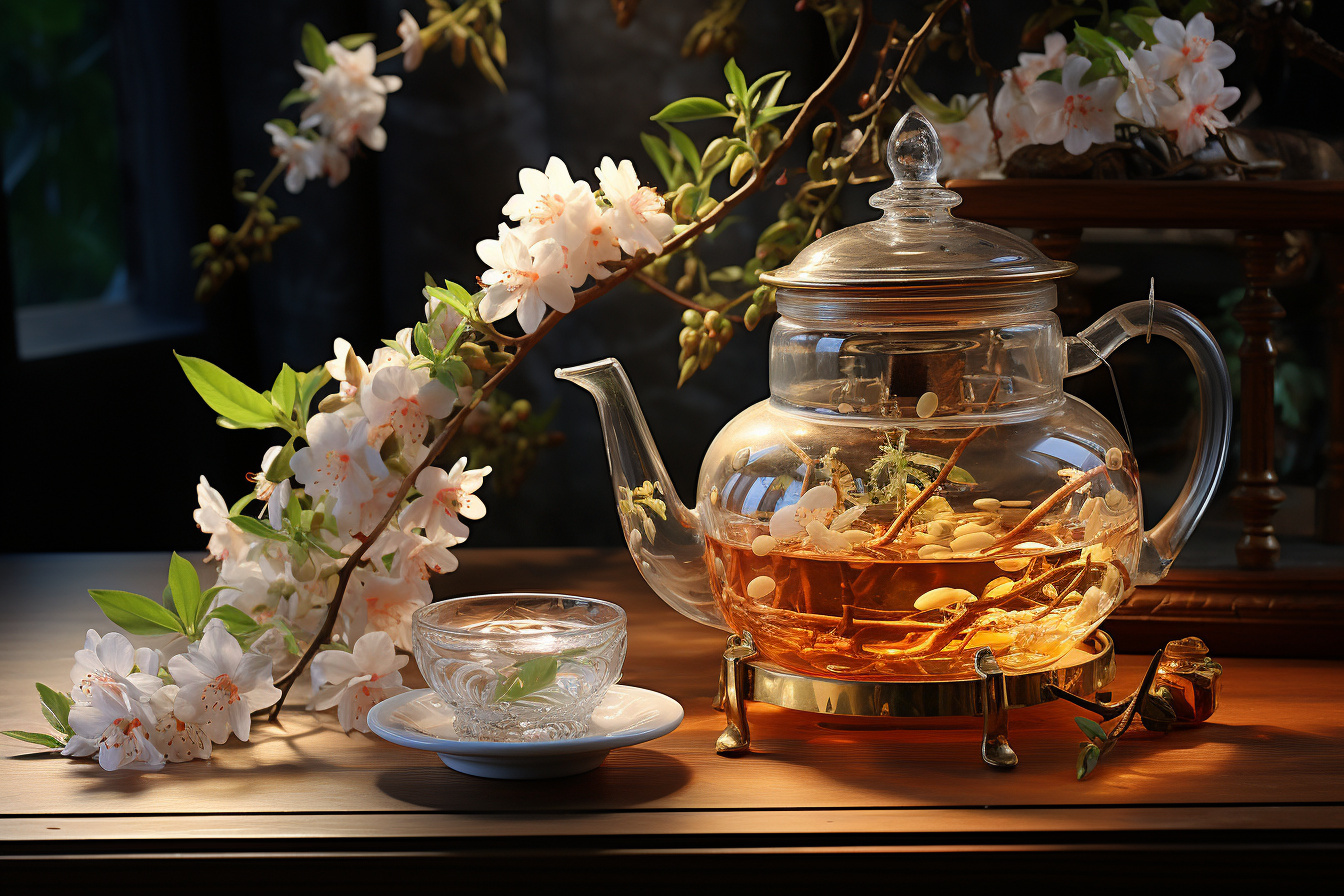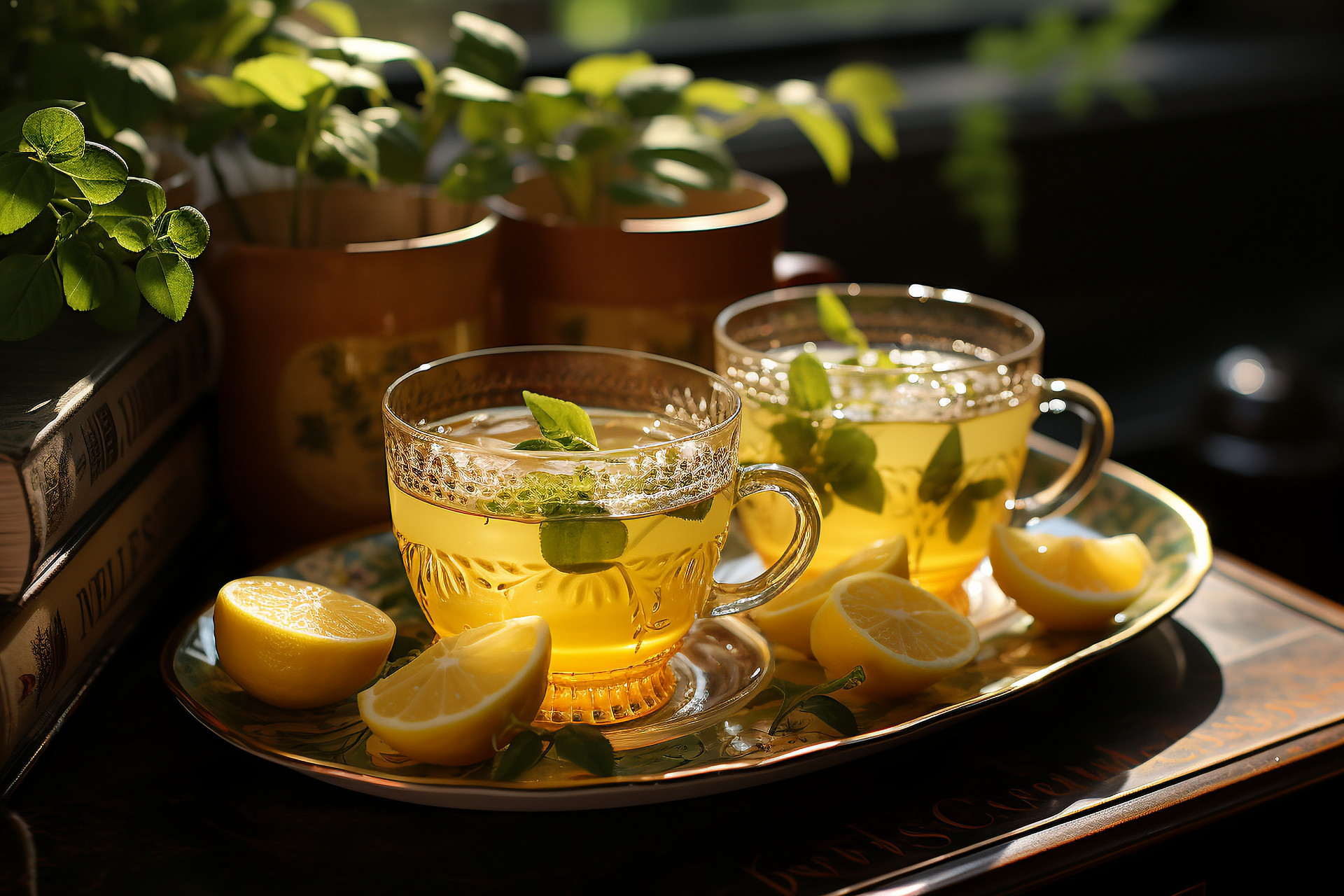Black tea is named for its red tea leaves and brewed tea. The production method of black tea is completely opposite to that of green tea, as it is fully fermented. Therefore, black tea does not contain chlorophyll and vitamin C, but it has a low content of theine and caffeine, making it the least stimulating among all types of tea.
There are many types of black tea, which can be divided into three categories based on the production method: Keemun black tea, Gongfu black tea, and broken black tea. The first two types of black tea originated in China, while the last type, broken black tea, was invented by the Indians as a new method of processing black tea. Currently, black tea is the most widely consumed tea product worldwide. Some of the famous types of black tea include Keemun black tea, Ceylon Uva tea, Darjeeling black tea, Earl Grey tea, Kenyan black tea, Assam black tea, Sichuan Gongfu black tea, and Lipton black tea. Below are the characteristics and production methods of the four famous black teas:
1. Darjeeling black tea: Originating from the foothills of the Himalayas in northern India, this black tea is named after the Darjeeling region. Due to the large temperature difference between day and night and the humid climate of the production area, Darjeeling black tea has a unique aroma. Its characteristics include green or golden tea leaves, orange-yellow tea liquor, and a grape aroma, earning it the reputation of "champagne in black tea."
2. Keemun black tea: Originating from Qimen County in Anhui Province, China, this black tea has been produced here since the Tang Dynasty. The main characteristics of Keemun black tea are its dark and beautiful tea color, reddish tea liquor, rich flavor, and long-lasting fruity and honey aroma, making it the preferred choice for making milk tea.
3. Ceylon Uva tea: Mainly produced in the mountainous areas of Sri Lanka, this black tea is characterized by fine, reddish-brown tea leaves, orange-red tea liquor with a golden halo, a mellow taste with hints of lily and mint, and a slightly bitter flavor that can be masked by adding lemon or fresh milk.
4. Assam black tea: This type of black tea has a unique taste and a white oily appearance in the tea liquor, making it typically used in combination with other black teas or dairy products to make milk tea.
Black tea has a warm property and therefore has the health benefits of warming the body and relieving cold symptoms. Its functions include stimulating appetite, invigorating the spleen, quenching thirst, and resolving phlegm. It is especially suitable for those with weak spleen and stomach or digestive problems. Additionally, regular consumption of black tea can effectively prevent hyperlipidemia, coronary heart disease, and bacterial inflammation. Due to the warming nature of black tea, winter is the best season to drink it. Adding milk not only enhances its rich and mellow flavor but also provides nourishing and health benefits.


![[The Risks of Eating Hawthorn During Pregnancy]](https://tcmmaintenance.com/uploads/20240715/97742b67f97f94c495ae1389337c5c41.jpg)
